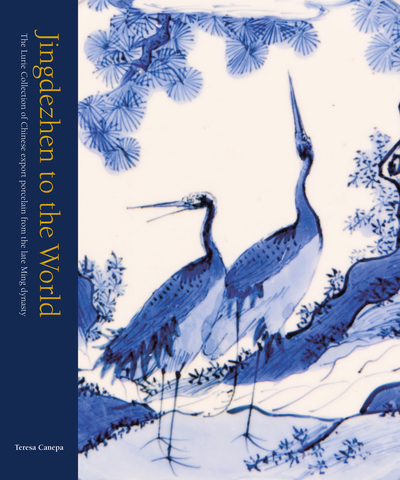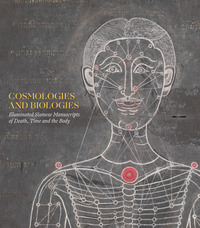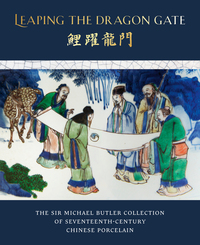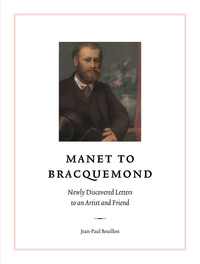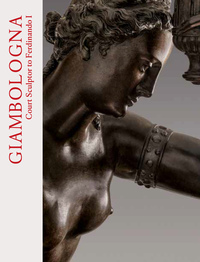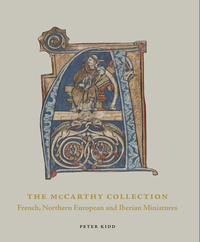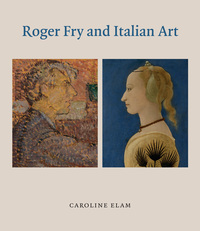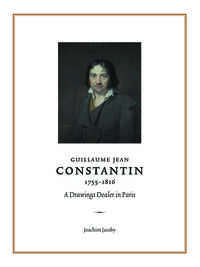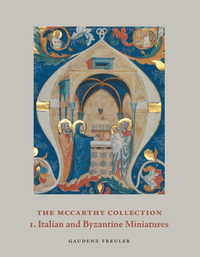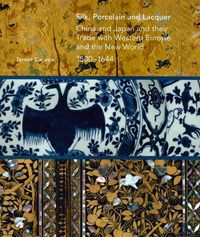Nous utilisons des cookies pour améliorer votre expérience. Pour nous conformer à la nouvelle directive sur la vie privée, nous devons demander votre consentement à l’utilisation de ces cookies. En savoir plus.
JINGDEZHEN TO THE WORLD - THE LURIE COLLECTION OF CHINESE EXPORT PORCELAIN FROM THE LATE MING DYNAST
Holberton - EAN : 9781912168095
Édition papier
EAN : 9781912168095
Paru le : 10 janv. 2020
100,00 €
94,79 €
Disponible
Pour connaître votre prix et commander, identifiez-vous
Notre engagement qualité
-
 Livraison gratuite
Livraison gratuite
en France sans minimum
de commande -
 Manquants maintenus
Manquants maintenus
en commande
automatiquement -
 Un interlocuteur
Un interlocuteur
unique pour toutes
vos commandes -
 Toutes les licences
Toutes les licences
numériques du marché
au tarif éditeur -
 Assistance téléphonique
Assistance téléphonique
personalisée sur le
numérique -
 Service client
Service client
Du Lundi au vendredi
de 9h à 18h
- EAN13 : 9781912168095
- Collection : AD ILISSUM
- Editeur : Holberton
- Date Parution : 10 janv. 2020
- Disponibilite : Disponible
- Barème de remise : NS
- Nombre de pages : 304
- Format : 3.70 x 26.00 x 30.70 cm
- Poids : 2.555kg
- Interdit de retour : Retour interdit
- Résumé : This lavishly illustrated book celebrates one of the most comprehensive and meticulously assembled private collections of Chinese export porcelain from the late Ming dynasty (1368-1644) made at Jingdezhen in Jiangxi province. The Lurie Collection, comprising about 170 porcelain pieces, contains examples that are exceptional not only for their aesthetic beauty and quality but also for their rarity or historical importance. This book makes a significant contribution to several fields of study, most notably those related to the production, design and trade of Jingdezhen export porcelain in the late 16th and early 17th centuries. An introduction places the diverse porcelains of the Lurie Collection in their historical context. It offers new insight into the European expansion to Asia in the late 16th and early 17th centuries, via both the Atlantic and Pacific oceans, which ultimately led to an unprecedented large-scale trade, transport and consumption of various types of Jingdezhen export porcelain throughout the world until the collapse of the Ming dynasty in 1644. The core of the book is the catalogue section, which is composed of 127 entries with comprehensive discussions and images of a selection of the Lurie porcelains. Whenever possible they are accompanied by images of excavated shards that originally formed part of similar porcelain pieces, establishing direct links to the Jingdezhen kilns where such pieces were produced. Multiple sources of evidence (textual, material and visual) shed light on the trading networks through which these Jingdezhen porcelains circulated, as well as the way in which they were acquired, used and appreciated by the different societies in Europe, the New World, Asia and the Middle East. Highlights include six kraak plates made during the Wanli reign (1573–1620) with the egret mark, which is found on a small number of pieces usually of very high quality, and the only known kraak armorial specifically ordered for the Spanish market in the 16th century. This finely potted plate, also dating to the Wanli reign, bears the impaled arms of García Hurtado de Mendoza, 4th Marquis of Cañete, and his wife, Teresa de Castro y de la Cueva. It was most probably ordered via Manila during the time Hurtado de Mendoza was Viceroy of Peru, between 1589 and 1596. This plate, together with a kraak plate bearing a pseudo-armorial, and a few pieces decorated in the so-called Transitional style and one other recovered from the Hatcher Junk (c.1643) made after European shapes, attest to the influence that the European merchants exerted on the porcelain production at Jingdezhen at the time.

